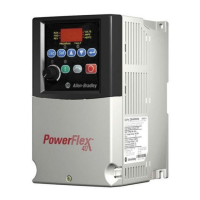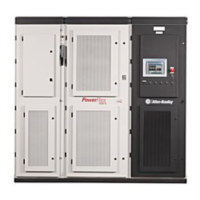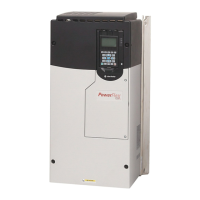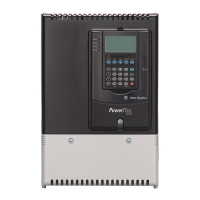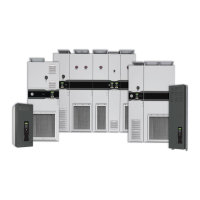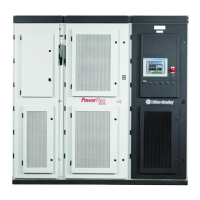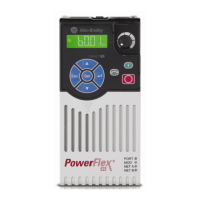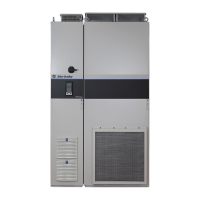
Do you have a question about the Rockwell Automation PowerFlex series and is the answer not in the manual?
| Brand | Rockwell Automation |
|---|---|
| Model | PowerFlex series |
| Category | DC Drives |
| Language | English |
Illustrates recommended power wiring configurations for AC input and DC output connections.
Lists essential steps for completing the drive commissioning procedure, ensuring proper configuration.
Outlines critical configuration checks, including DIP switches and input settings, before applying power.
Describes the procedure for applying power to the drive and verifying control circuit voltages.
Defines faults and alarms, categorizing them into user-configurable and non-configurable types.
Provides a step-by-step guide on acknowledging and clearing faults after corrective action has been taken.
Lists and describes common drive faults, including possible causes and recommended actions.
Details common drive alarms, their types, and descriptions, with guidance on actions to take.
Offers troubleshooting guidance for common drive issues like failure to start or incorrect motor rotation.
Provides procedures for optimizing the drive's performance by fine-tuning the armature current, field current, speed, and voltage regulators.
Guides users on manually adjusting armature inductance to fine-tune the speed regulator based on I Reg Error.
Outlines a procedure for optimizing the field current regulator for constant torque and power applications.
Provides a step-by-step procedure for fine-tuning the speed regulator using the test generator and analog outputs.
Explains how to tune the voltage regulator to maintain constant armature voltage during field weakening.
Details the steps for tuning the field current curve to control motor flux and torque.
Provides a block diagram of the speed and torque regulation system, including limits and feedback.
Illustrates different speed feedback methods including DC tachometer and digital encoder connections.
Details the structure of the Speed Regulator PI block, including gains, adaptive settings, and anti-windup logic.
Presents a block diagram of the current regulator, including limits and feedback.
Illustrates the field current regulator's control loop, including voltage and current regulation.
Illustrates the PID control loop structure, including setpoints, feedback, and error calculation.
Maps fault and alarm codes to their corresponding parameter settings for response configuration.
